Not much has been known about how animals treat their wounds by themselves, other than them licking their wounds to try to heal them.
However, an orangutan has been seen using traditional medicine to treat its injuries for the first time, suggesting an even closer relationship between animals and humans than previously thought.
The Orangutan Used a Plant With Pain-Relieving Properties
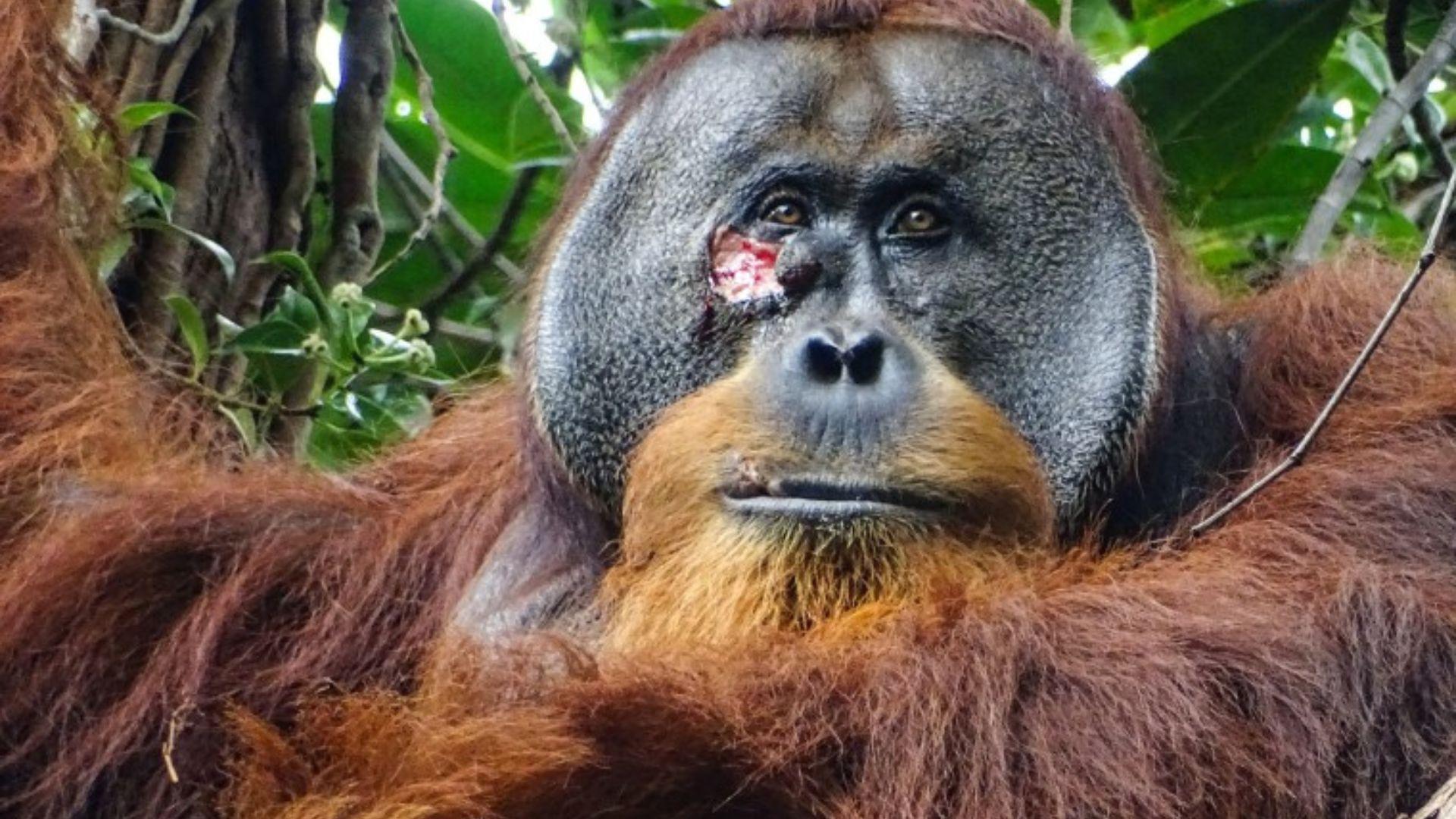
When the orangutan treated the injury, the researchers noticed he was using a plant known to have pain-relieving properties.
This is the first time it has become known that an animal has deliberately treated its injuries with a natural medicine.
The Orangutan Was Observed by Indonesian Researchers

The primate is a male Sumatran orangutan and was being observed by Indonesian researchers.
He was treating a facial wound with the plant, which humans traditionally use as a natural medicine.
The Orangutan Was Using Akar Kuning
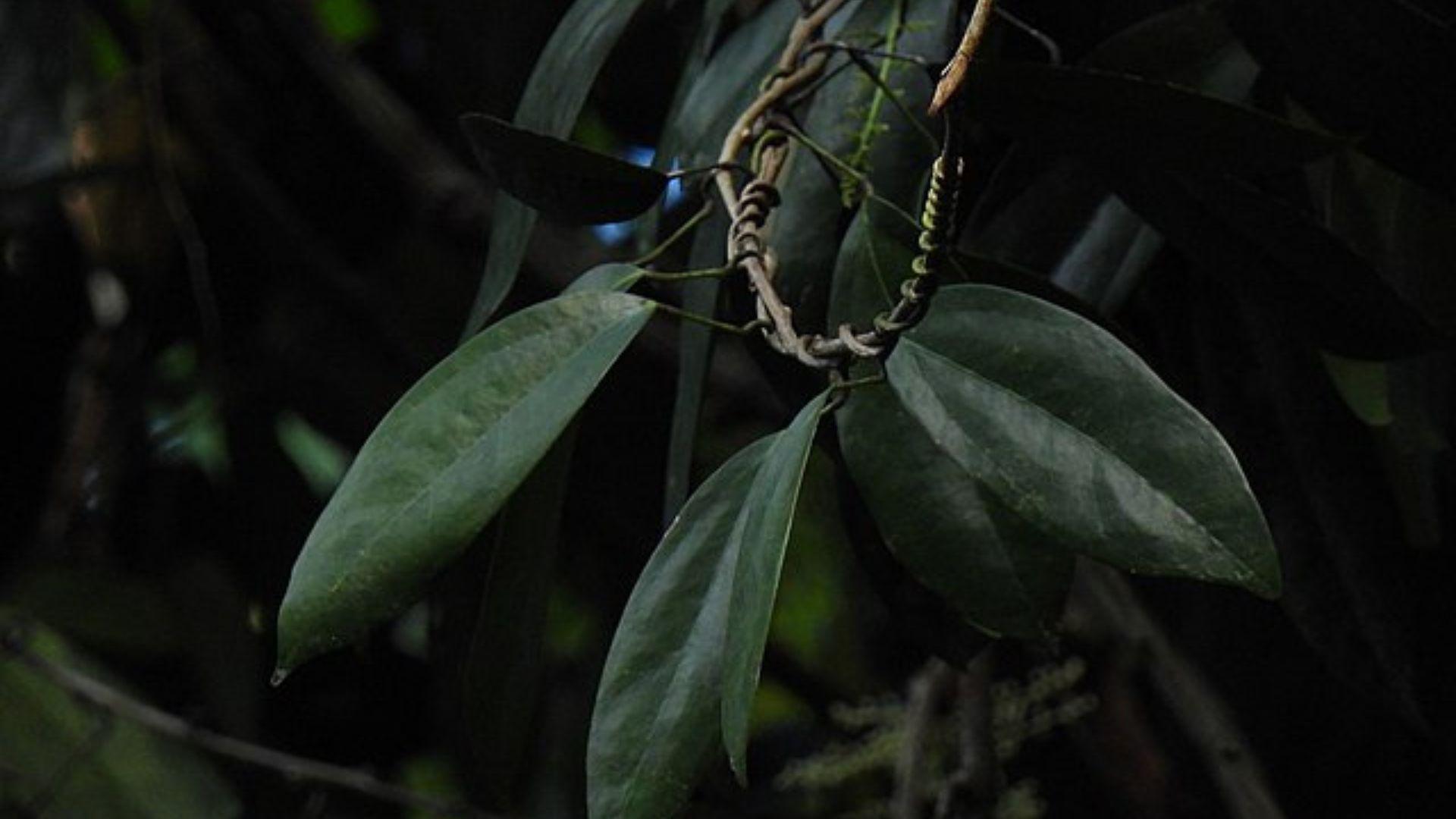
The plant the orangutan was using is known as akar kuning.
This plant has anti-inflammatory and antibacterial properties, so he chewed the stems and leaves into a poultice and then applied it to his facial wound.
The Orangutan Made a Bandage From the Plant
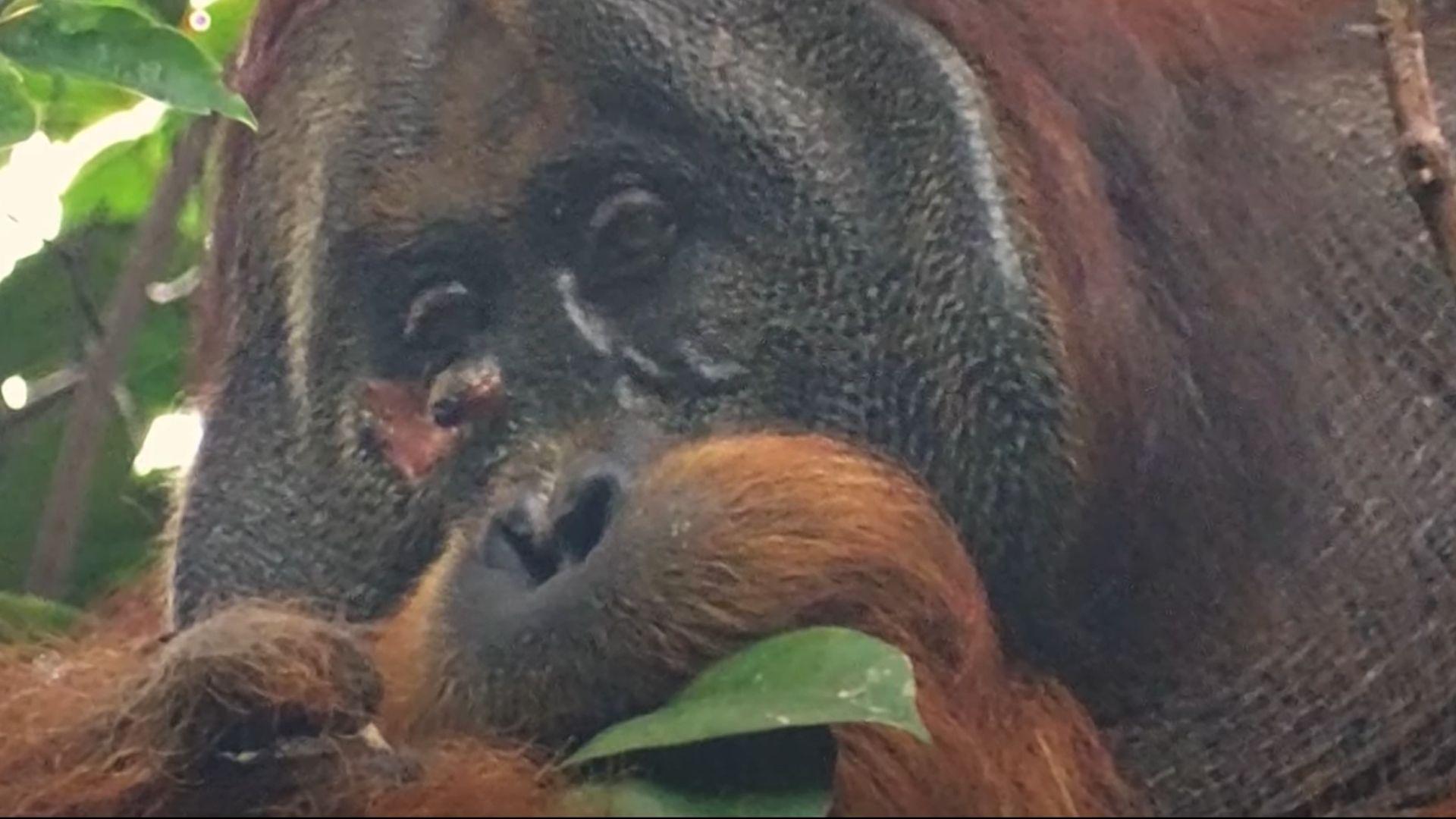
The orangutan used the akar kuning to treat his facial wound and used it as a bandage to protect the wound from further infection.
Once he had finished chewing the plant, he applied whole leaves to the wound as a bandage.
The Wound Took a Month to Heal

Using the akar kuning to treat the injury appeared to be effective, as it was able to heal.
The researchers noted that over the course of a month, the injury was able to heal and didn’t require any form of human intervention.
The Orangutan Had Been Fighting With a Rival
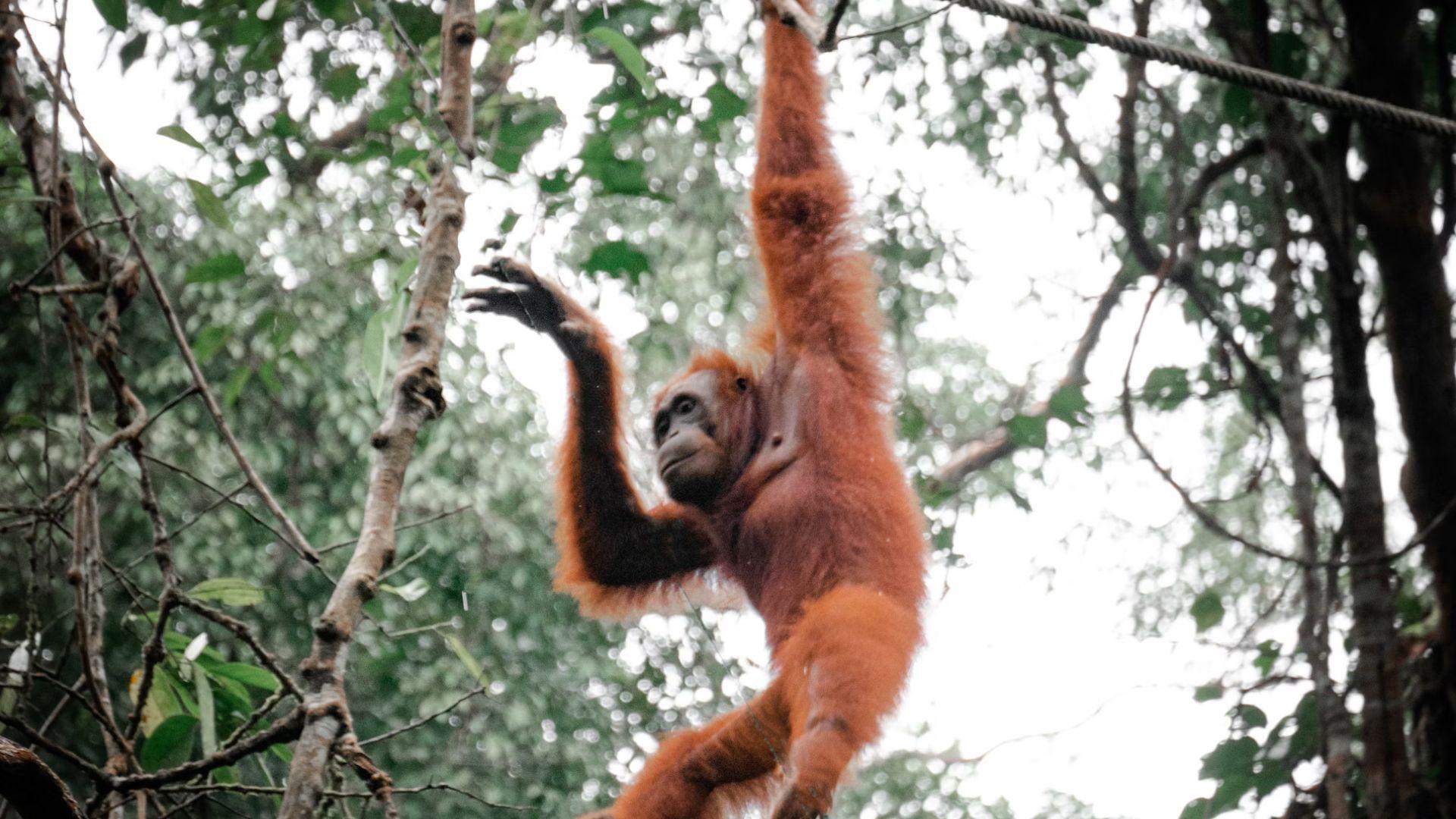
The researchers believe the orangutan developed this wound after fighting with a male rival.
This was after they had heard his cries and noticed he had a facial injury.
Other Animals Have Self-Treated Their Wounds
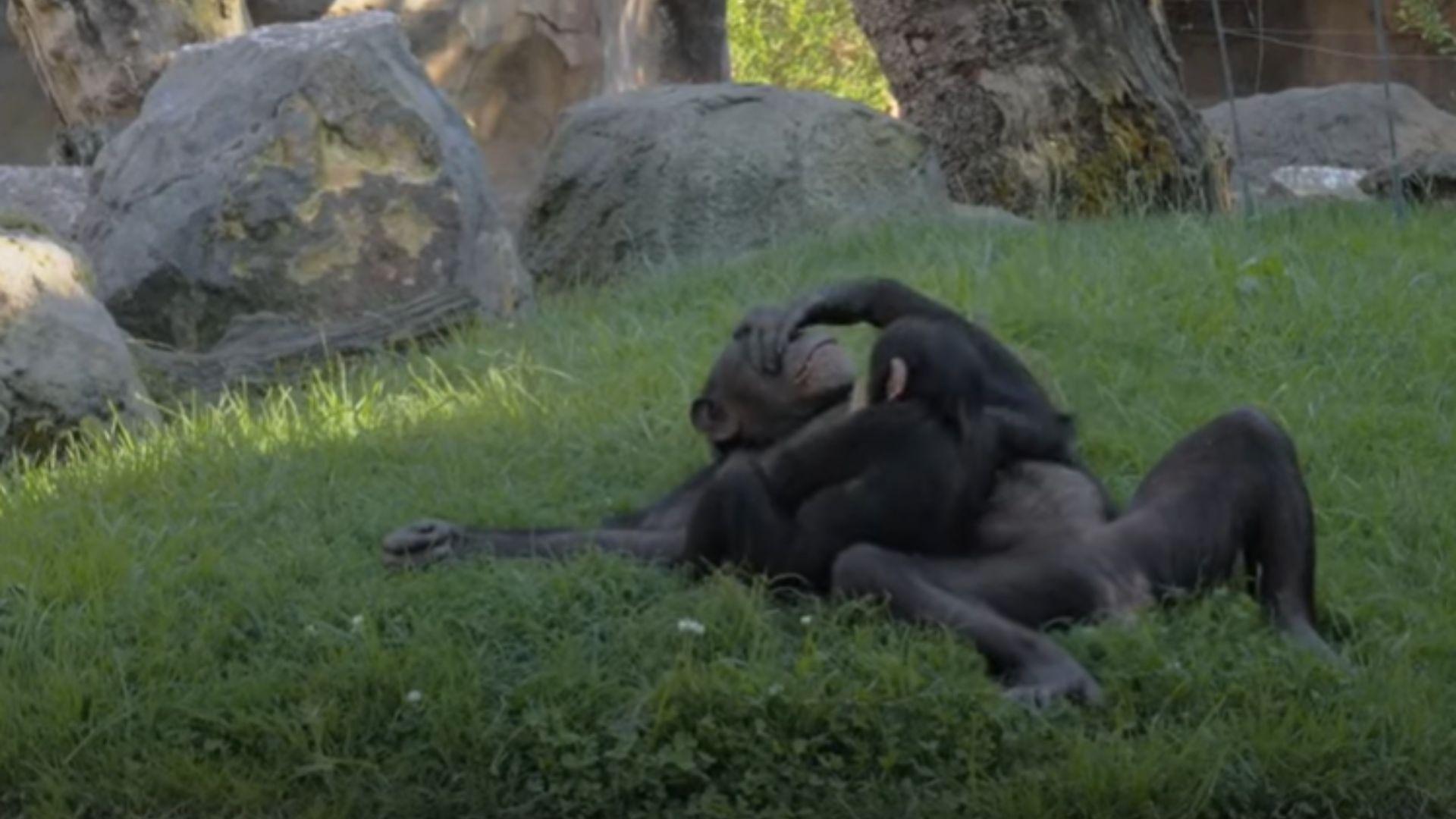
The orangutan isn’t the first animal to self-treat its own wound; other animals have been observed treating their wounds in similar ways.
Some chimpanzees were observed chewing insects and applying them to their injuries to heal them.
Apes Have Been Known to Self-Medicate for Years
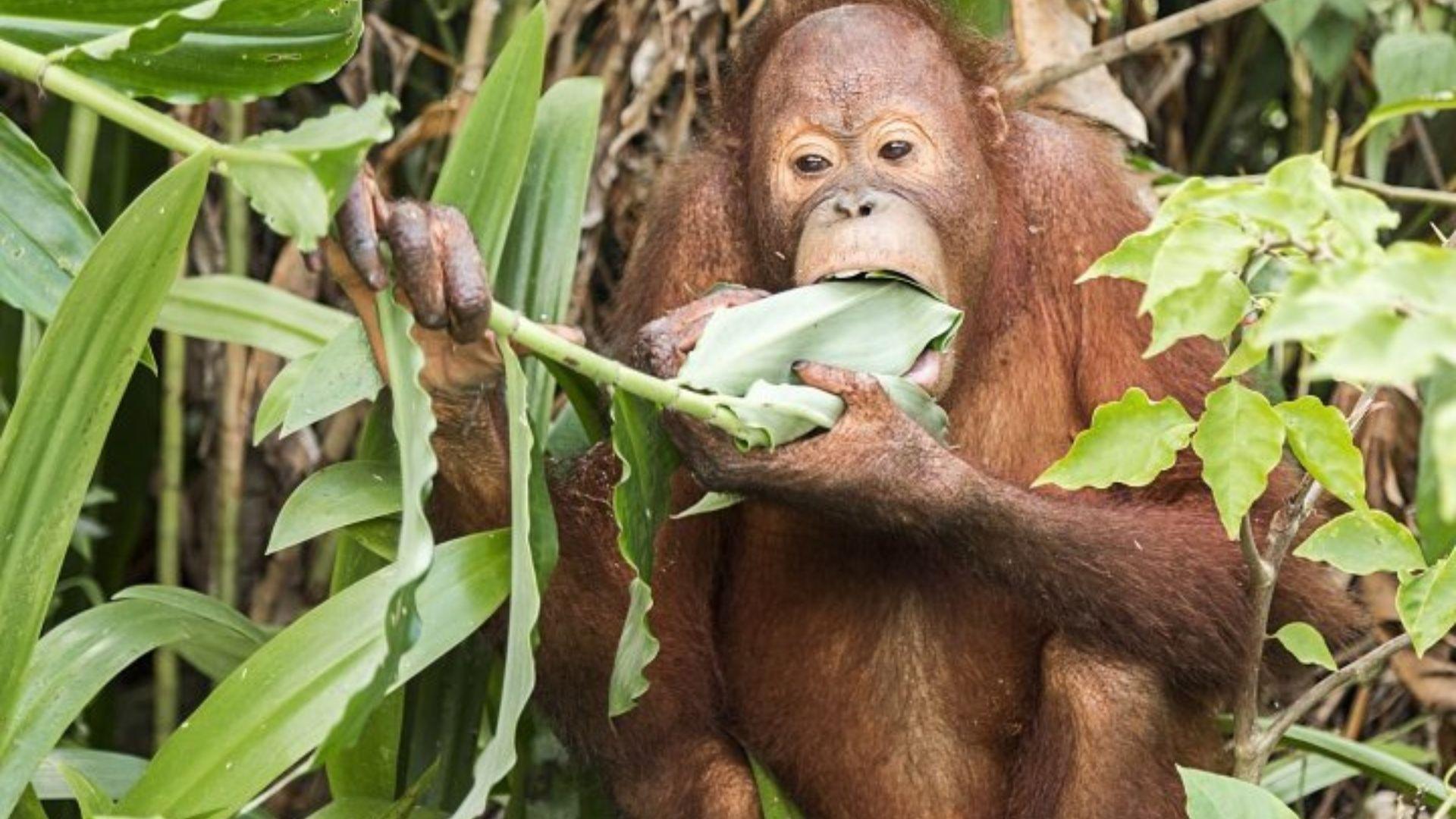
Despite this being a unique and first-of-its-kind case, scientists have known that apes have self-medicated for years.
But what was different back then was that it wasn’t known if these methods actually worked or if the injuries healed regardless. This case somewhat proves that the orangutan knew to use a specific plant with healing properties.
The Orangutan Intentionally Used the Plant

One thing the researchers noted was that the orangutan was intentionally using the plant.
He repeatedly applied the plant to just the wound and nowhere else on his body for several minutes and knew exactly what he was doing.
Humans and Orangutans Share 97% of Our Genomes
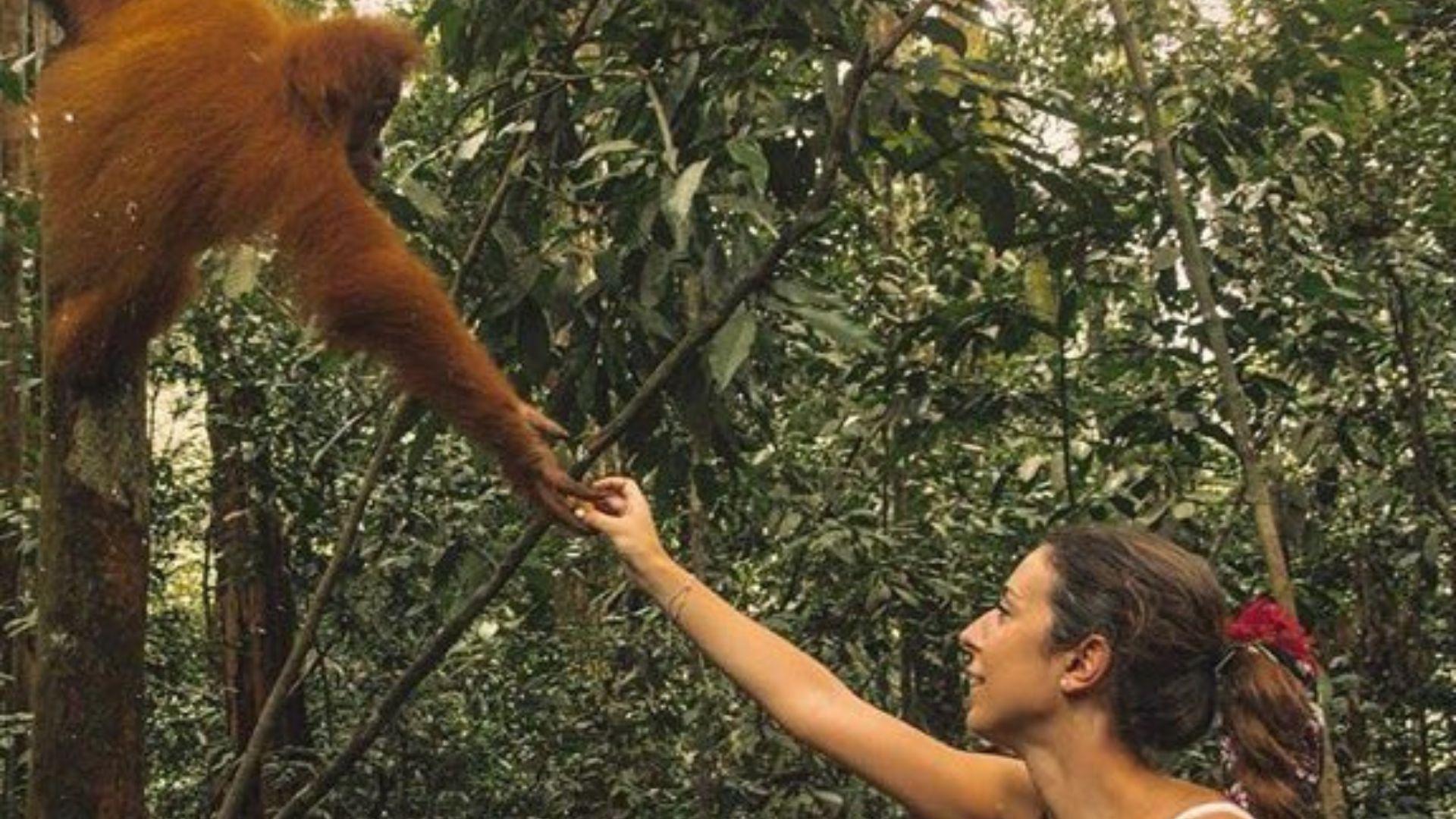
A study found that humans and orangutans share 97% of our genomes.
This is the third highest percentage among apes, as humans share 98% of genomes with gorillas and 99% with chimpanzees.
Humans and Great Apes Share a Common Ancestor
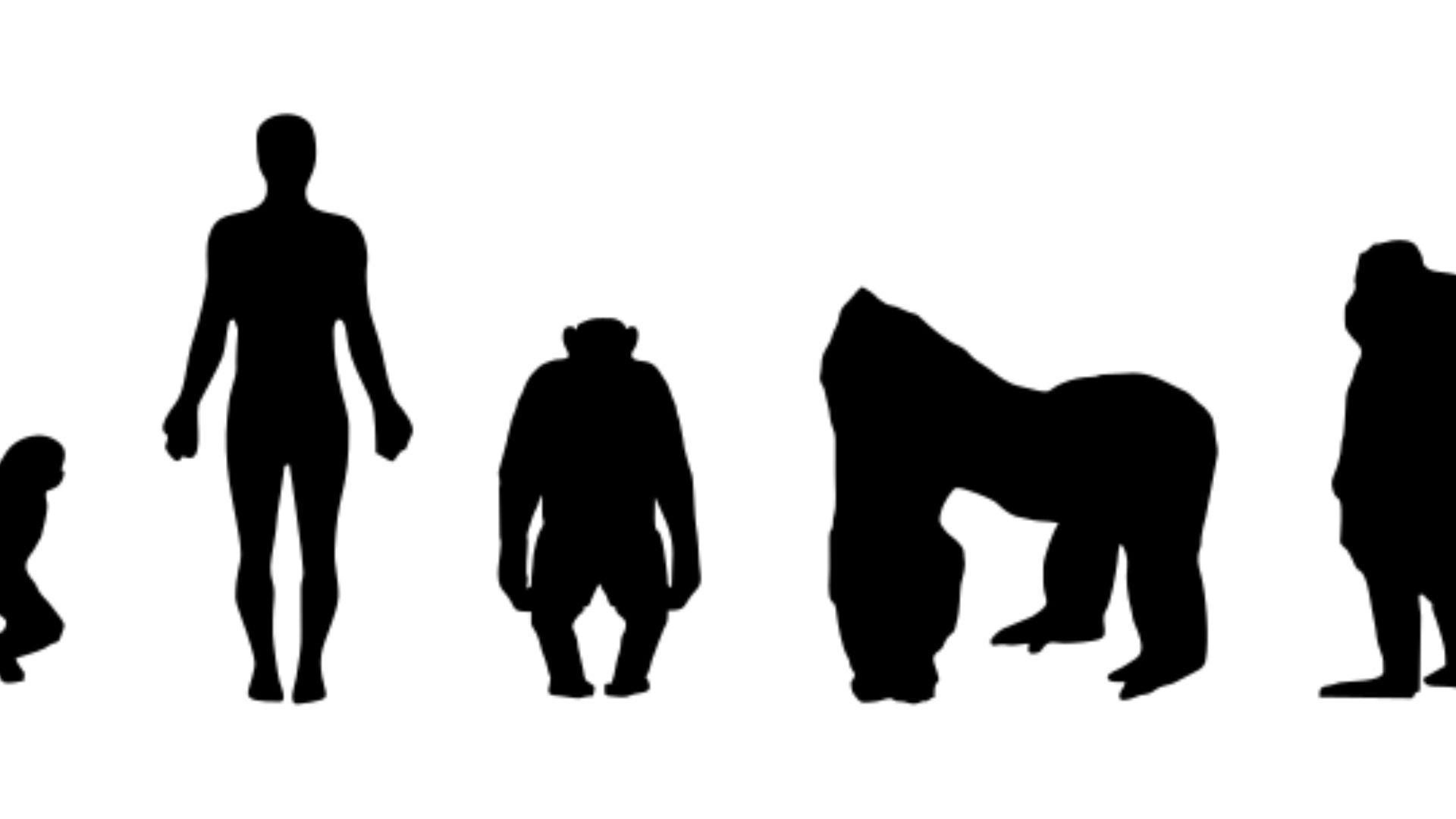
Scientists believe observing the orangutan using traditional medicine points towards humans and great apes sharing a common ancestor.
It shows that humans and great apes are more similar than previously thought and that we share more common traits than many might care to believe.








































